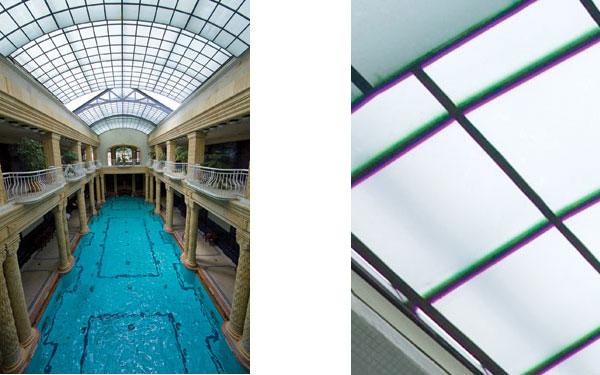Newsletter
Sort By: Post Date TitlePublish Date
|
Sep 15, 2011 |
First Published: Oct 01, 2011
|
Sep 14, 2011
|
Sep 14, 2011
|
Aug 17, 2011
|
Aug 17, 2011 |
First Published: Sep 01, 2011
|
Jul 18, 2011
|
Jun 20, 2011
|
Jun 16, 2011 |
First Published: Jun 28, 2011
 On The Cover
On The Cover





 On The Cover
On The Cover




